Coros Pace 2 GPS watch review - lightweight, well priced and user friendly
A good alternative to an entry level watch from one of the larger brands with plenty of cycling and cross training options - and claimed to be the lightest GPS watch on the market

A good entry-level watch from Coros. Not the pure runners' watch it appeared to be on the surface with plenty of cycling and cross training options available but lacking slightly in the software department.
-
+
Lightweight - lightest GPS watch on the market (claimed)
-
+
Fast, reliable hardware
-
+
Huge array of multisport options and health tracking
-
-
No web-based upload platform like Garmin Connect or Polar Flow
You can trust Cycling Weekly.
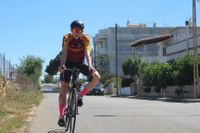
While the weight of your GPS smartwatch probably hasn’t been a concern in the past, this one from Coros claims to be the lightest on the market.
Coros claims, when paired with the nylon band, that this watch weighs in at 29g (my model, with the heavier rubber band weighed in at 37g). It feels light on the wrist, comes with a huge range of sports and apps pre-loaded and is a functional watch.
It comes across, when viewing it online, as a bit of a ‘running watch’ based on the copy Coros outputs with this. They underplay its bike friendliness and multisport capabilities. Based on the fact it’s half the weight of a Wahoo Elemnt Bolt (and doesn’t require a heavy mount), this might be the perfect hill climb or cyclo-cross watch…
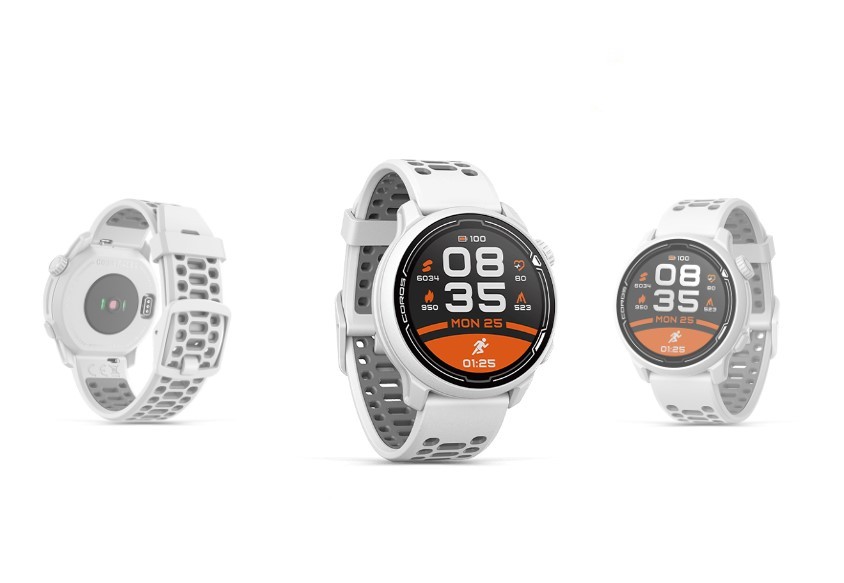
The Coros Pace 2 watch, all in all, was a positive one to use. It’s fast, has a surprisingly pleasant dial system for scrolling through menus and uploads activities to the Coros sister app seamlessly with no syncing effort needed.
Changing data fields is simple, as is connecting external devices.
App and connectivity
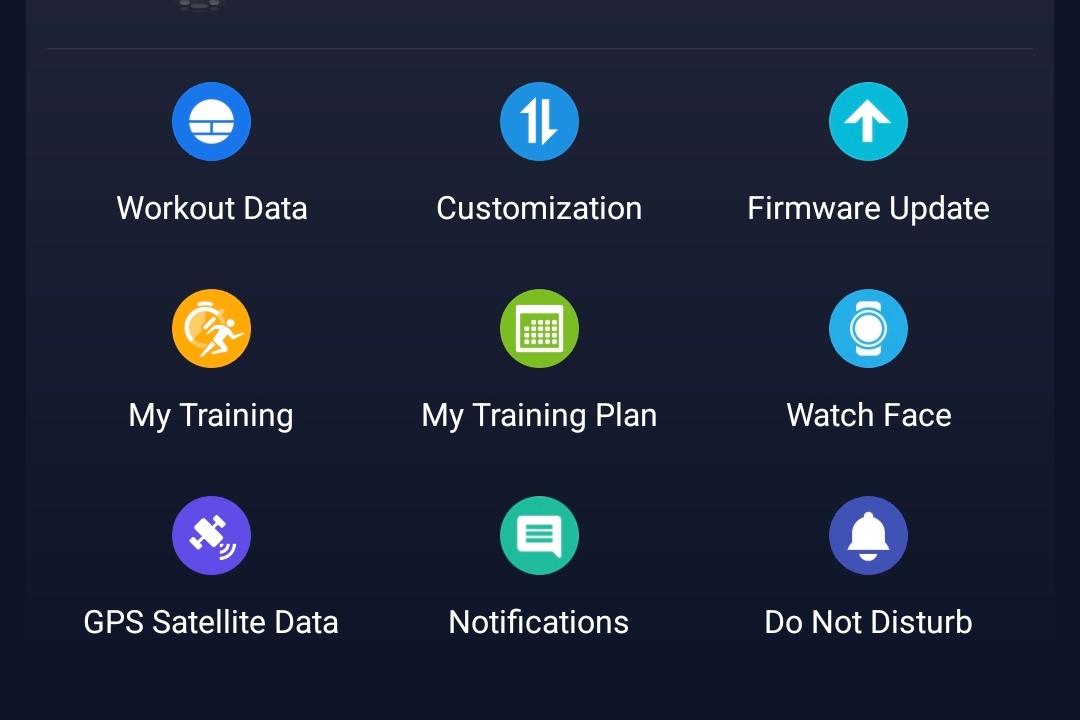

My one major gripe comes with this section of the watch. Of all of the platforms I’ve used, Garmin Connect, Wahoo, Polar Flow etc Coros was the least developed. The UI was a bit teletext-like and pairing my Strava profile was a bit of a faff, taking a couple of attempts as the app crashed while trying to connect (though I had no issue with TrainingPeaks).
Most irritatingly, there was no browser version, though I understand one is in a relatively advanced stage of development. The issue with the lack of a web-app is that you end up trying to fix problems from a mobile phone, which is a bit of a pain.
The latest race content, interviews, features, reviews and expert buying guides, direct to your inbox!
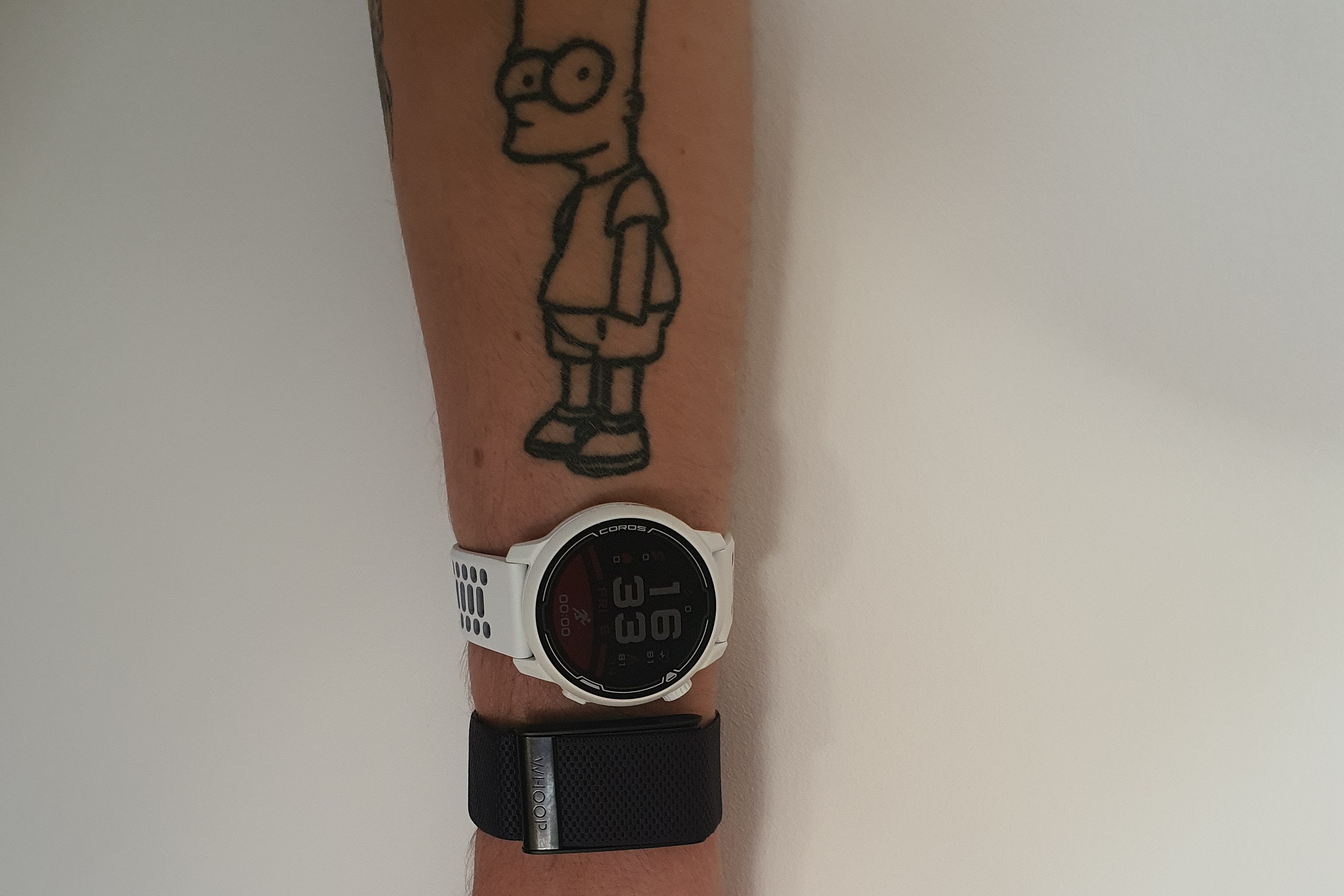
GPS reliability
Near my flat sits a wood in which I tend to run and ride my gravel bike quite a bit. It’s been notoriously problematic with respect to GPS signals, so much so that I started training with heart rate instead of pace!
The Coros managed to keep a signal the whole way through the woods and gave me reasonable-looking data. It can, on occasion, be a bit slow to connect to satellites though I’ve never waited more than a few minutes. In a city through narrow streets lined with high buildings, the watch has struggled measuring 10.3K on a 10K journey.
Multisport modes
This watch has a huge number of options when it comes to sport modes, and most of these options have many sub options. You’re unlikely to be limited with activity tracking.
So far, I’ve used strength training mode, running (both indoor and outdoor) and swimming. All have been functional and presented me with reasonable data. This watch also gives a value for running power, it’s difficult to judge how effective this measurement is, but it’s interesting to have.
The strap
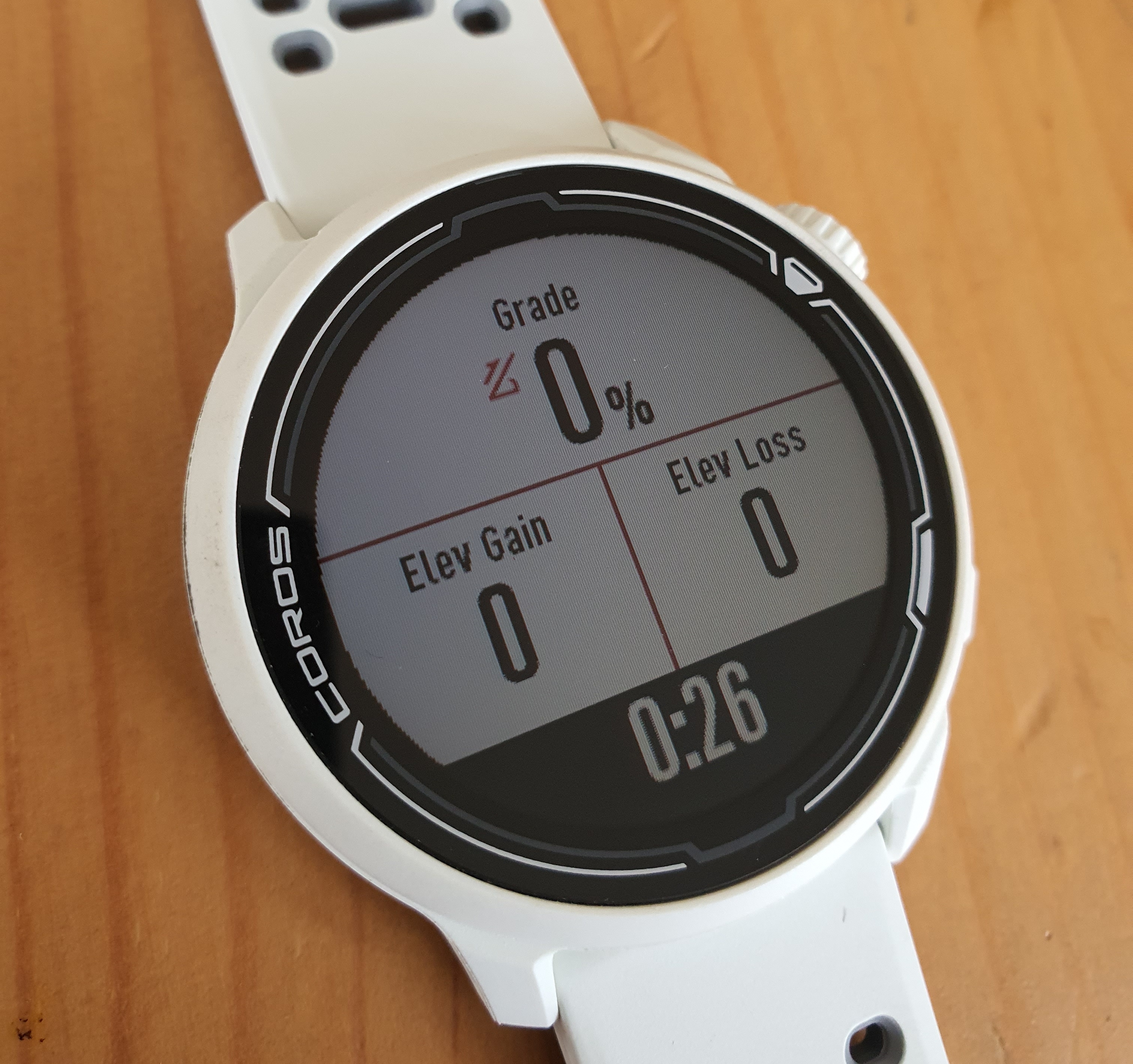
The Coros Pace 2 comes with a rubber strap that can be upgraded to a nylon option if you’re really wanting to save grams. The rubber strap didn’t provide any real irritation after being worn for 36 hours and I’m someone who generally avoids wearables for that reason.
The strap is very adjustable with holes all along its length and the watch face is small, meaning it doesn’t collect sweat underneath.
The ride
All in, this watch was a pleasure to use. Never had any reliability or battery life issues, one full charge lasted a three-day camping trip, a couple of swims and runs and a ride all without reaching 50%. Battery life will not be an issue.
Actual device speed is impressive, with time watching irritating loading screens or waiting for a button press to be responded to being practically zero. This watch is highly usable.
The watch isn’t the most aesthetically pleasing on earth, but it looks sporty and it’s a sports watch. If you plan on wearing it day-to-day at work as well as training, it probably won’t pair that well with a suit but I’ve seen worse combinations. The watch is available in a range of colours, including gold - though I went for white.
GPS measurements were reliable and elevation measurements matched mapping data. The watch has an optical heart rate device which doesn’t work during exercise, but measuring heart rate from an optical sensor on a bony sweaty wrist is little more than a random number generator.
Running power is not a metric I’m used to, however the numbers seem broadly in line with each other pace-wise.
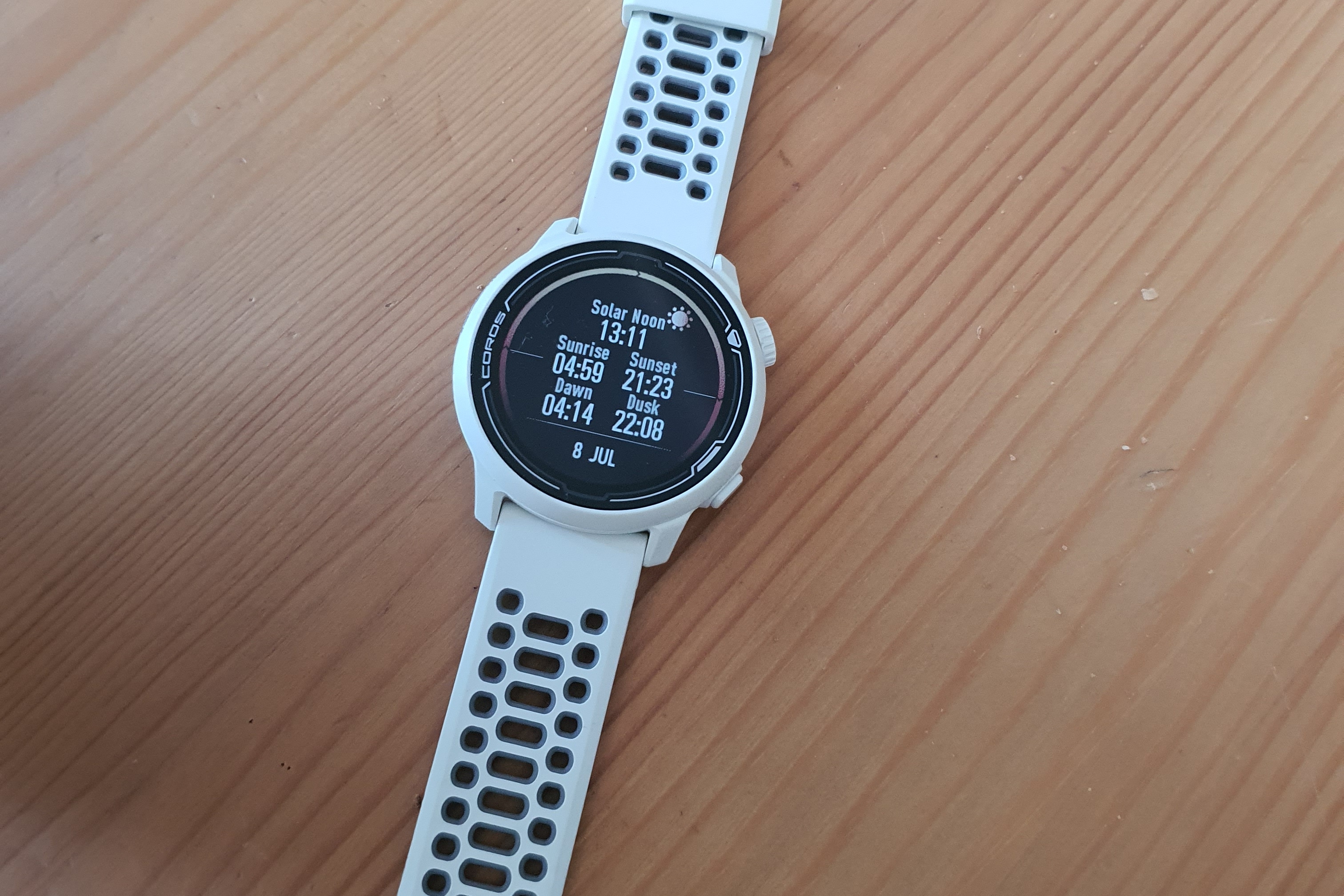
Value and conclusion
This watch is a solid mid to low price option from Coros. It’s functional, fast and versatile in its sport options. The watch provided minimal painful moments on set up and none since, working well.
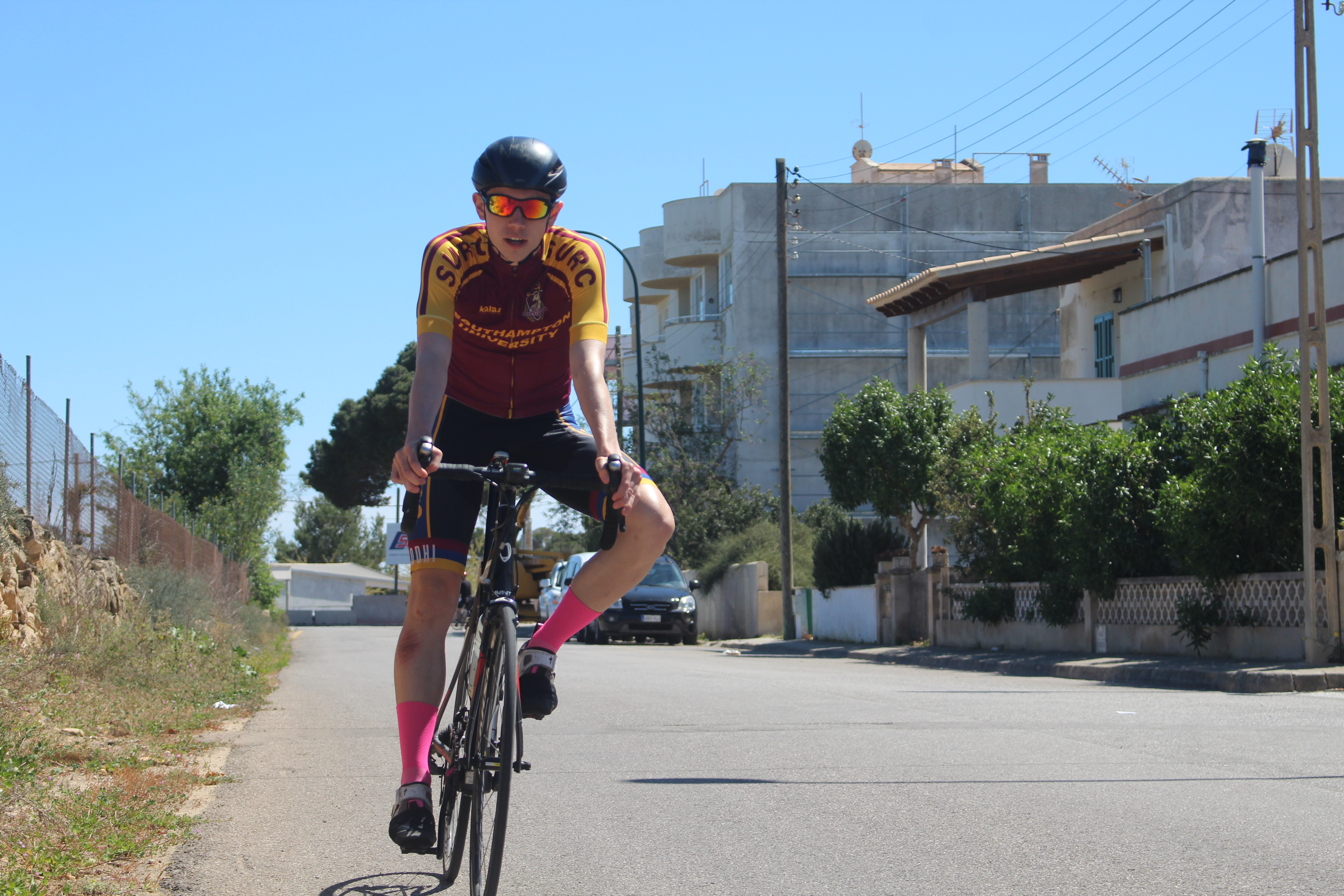
Tom Epton is a freelance writer and data scientist. Originally training as a scientist after completing his studies in physics he realised that cycling was what he wanted to spend his life thinking about. Now he works with manufacturers, athletes and teams using cutting edge data science methods to find performance gains. Tom writes primarily about sport-science and tech!